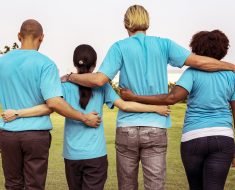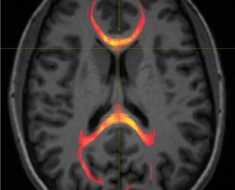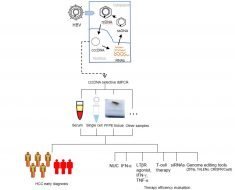Wistar researchers have identified a novel therapeutic vulnerability in NRAS mutant melanoma and an effective strategy to address it, using a combination of two clinically relevant inhibitors, according to study results published online in EMBO Molecular Medicine.
NRAS mutant melanoma represents about 25 percent of melanoma cases. The prognosis for patients is generally poor because NRAS mutant melanoma is aggressive and resistant to most therapies. In addition, development of secondary NRAS mutations represents a mechanism of acquired resistance to targeted therapies.
“NRAS is a very attractive therapeutic target but also an extremely challenging one,” said lead researcher Jessie Villanueva, Ph.D., assistant professor in the Molecular & Cellular Oncogenesis Program at Wistar. “Despite years of efforts, we don’t yet have effective ways to block the activity of mutant NRAS, and the picture is further complicated by the heterogeneity of resistance mechanisms.”
“We have identified a novel vulnerability in NRAS-dependent melanoma and developed a combination therapy that may offer a valuable strategy to target therapy resistant melanoma,” she added.
Because NRAS and the other members of the RAS family have proven to be difficult to target directly, the most effective approach is to discover other areas of vulnerability. In such an effort, Villanueva and her team found that elevated expression of BRD4, a member of the BET family of transcriptional regulators, correlates with poor survival in NRAS mutant melanoma patients and that BRD4 is required for cell proliferation.
Small molecule inhibitors of BET proteins decreased viability of NRAS mutant melanoma cells, and this sensitivity correlated with BRD4 expression levels. To potentiate the effects of this treatment, the researchers evaluated it in combination with other RAS-related inhibitors that are currently in clinical trials. The combination of BET inhibitors with MEK inhibitors, which block a fundamental signaling pathway for melanoma, had a potent effect on melanoma both in vitro and, more importantly, in vivo, slowing down tumor growth and increasing survival in a mouse model of NRAS mutant melanoma.
The mechanism of this combined effect was analyzed, and in-depth studies showed the combination treatment caused a much more robust perturbation in the expression of genes that regulate cell division and survival compared to the either treatment alone. The effect included a strong inhibition of the TCF19 transcriptional regulator.
To further establish the therapeutic and clinical significance of these data, the Villanueva Lab tested the combination therapy in different models of melanoma with intrinsic and acquired therapy resistance. The combination of BET and MEK inhibitors significantly affected tumor growth and prolonged survival of mice bearing melanoma resistant to several targeted therapies and immunotherapies, confirming that co-targeting BET and MEK elicits potent anti-tumor effects and may be a valuable salvage strategy for patients that have failed all currently available therapies.
Source: Read Full Article





